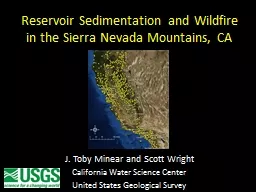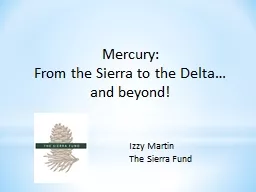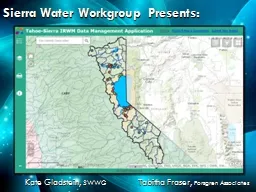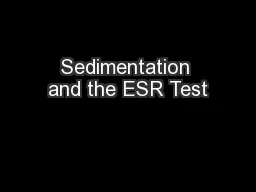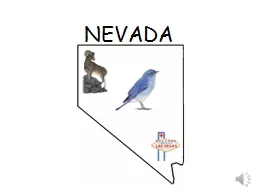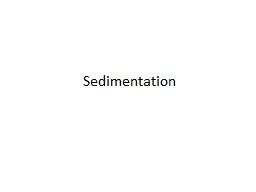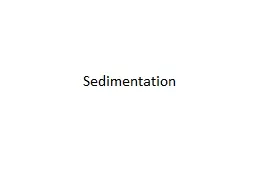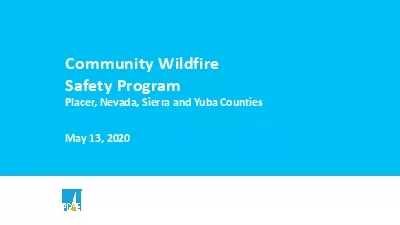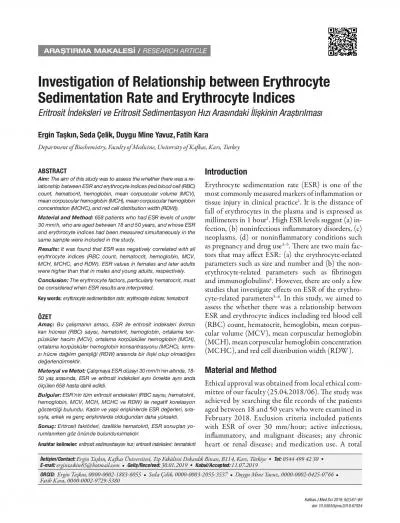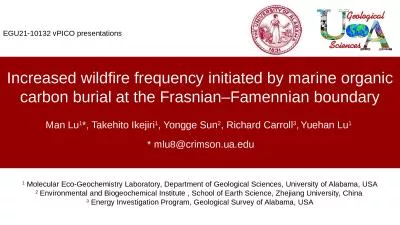PPT-Reservoir Sedimentation and Wildfire in the Sierra Nevada M
Author : cheryl-pisano | Published Date : 2016-07-10
J Toby Minear and Scott Wright California Water Science Center United States Geological Survey Outline Introduction What is reservoir sedimentation How does fire
Presentation Embed Code
Download Presentation
Download Presentation The PPT/PDF document "Reservoir Sedimentation and Wildfire in ..." is the property of its rightful owner. Permission is granted to download and print the materials on this website for personal, non-commercial use only, and to display it on your personal computer provided you do not modify the materials and that you retain all copyright notices contained in the materials. By downloading content from our website, you accept the terms of this agreement.
Reservoir Sedimentation and Wildfire in the Sierra Nevada M: Transcript
Download Rules Of Document
"Reservoir Sedimentation and Wildfire in the Sierra Nevada M"The content belongs to its owner. You may download and print it for personal use, without modification, and keep all copyright notices. By downloading, you agree to these terms.
Related Documents

